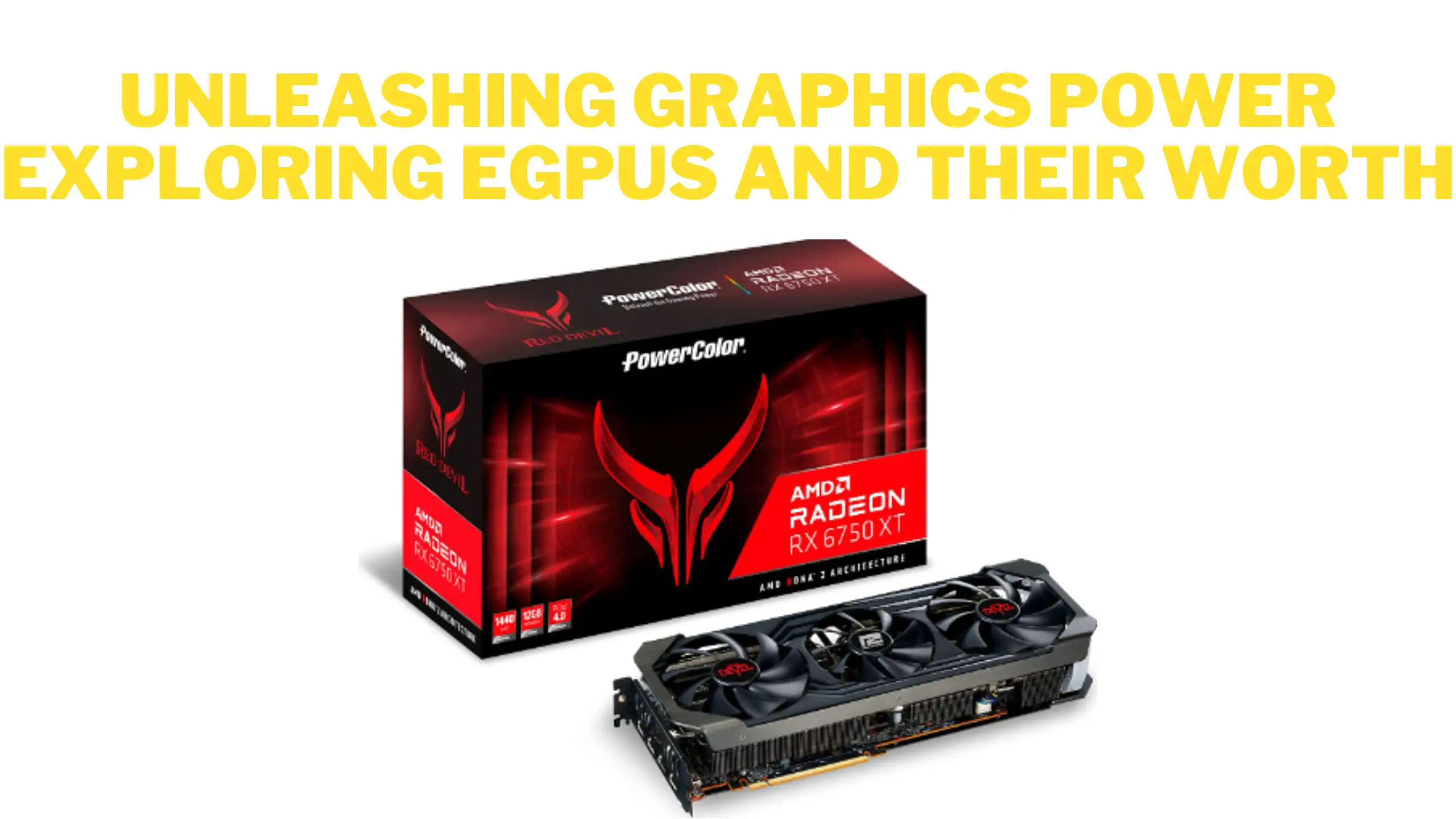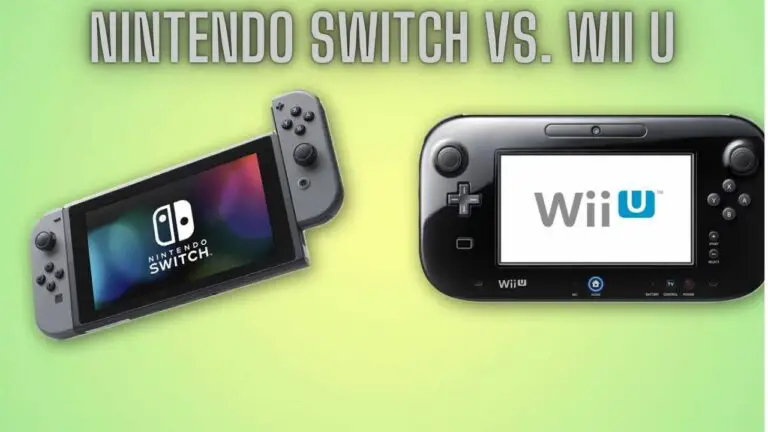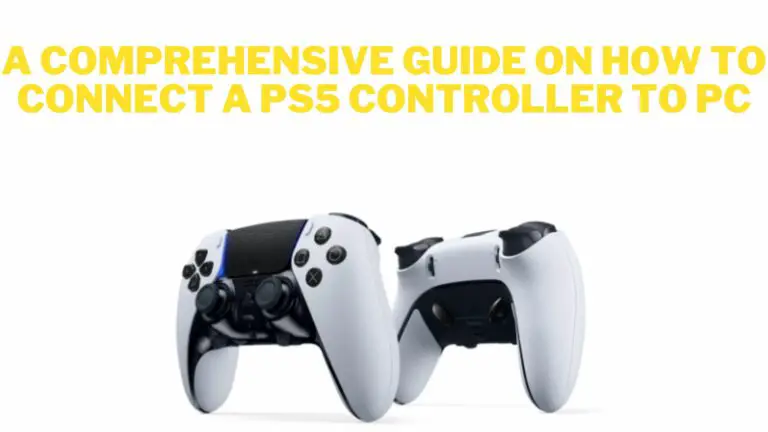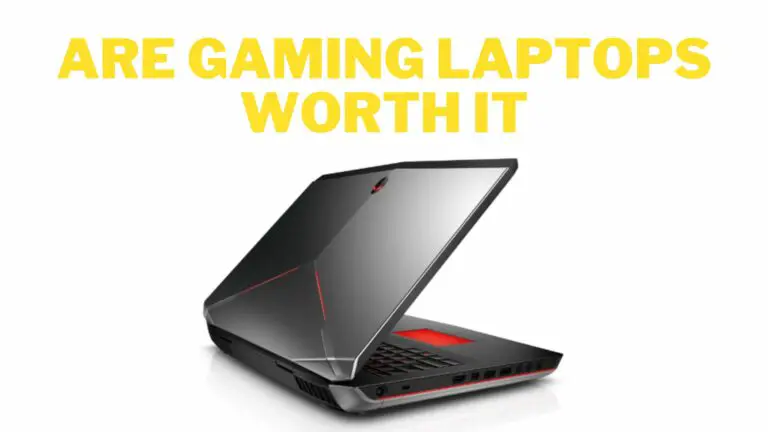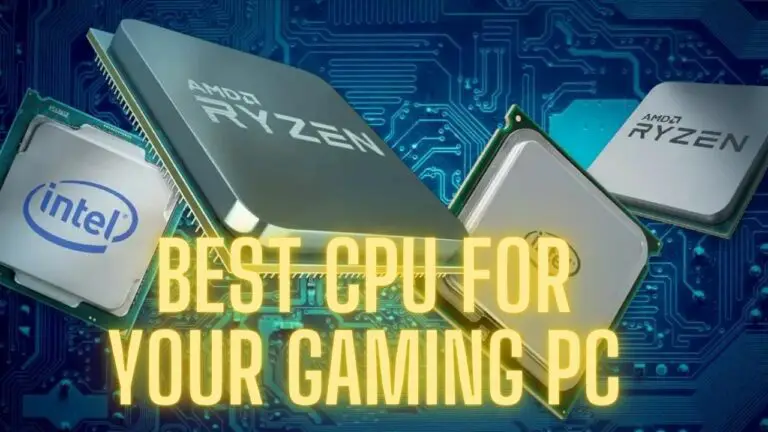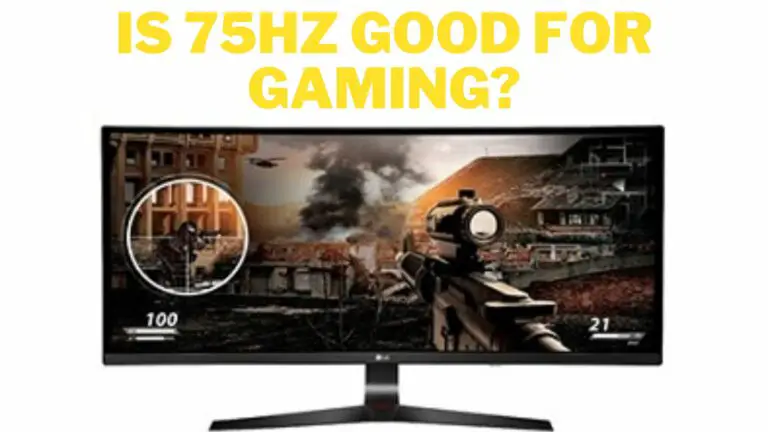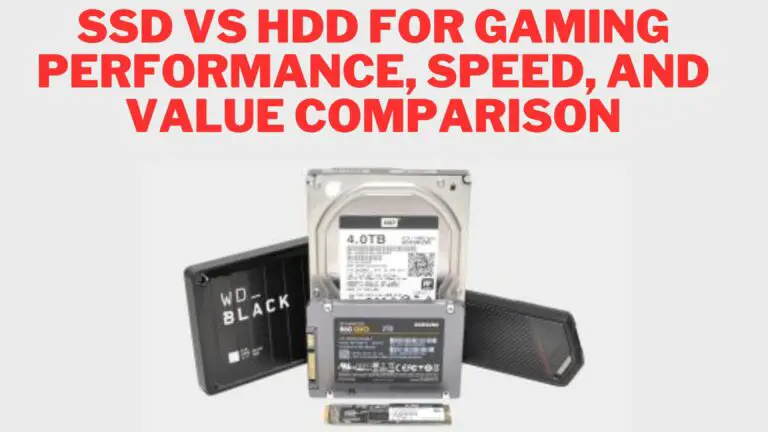Unleashing Graphics Power Exploring eGPUs and Their Worth
Introduction
In the ever-evolving landscape of technology, the demand for high-performance computing continues to surge. For many users, especially those engaged in graphic-intensive tasks such as gaming, video editing, or 3D rendering, the quest for enhanced graphics capabilities is a perpetual one. Enter the External Graphics Processing Unit, commonly known as eGPU. In this comprehensive exploration, we delve into the intricacies of what an eGPU is, how it functions, and whether investing in one is truly worth the hype. In this article, we will talk about exploring eGPUs and their worth.
Understanding eGPUs:
Definition and Purpose:
An eGPU is an external graphics card housed in a separate enclosure that connects to a computer, typically via Thunderbolt or other high-speed interfaces. The primary purpose of an eGPU is to augment the graphical processing capabilities of a system that may otherwise lack the necessary horsepower for demanding tasks.
How eGPUs Work:
- Interface Connection: eGPUs are connected to a computer through interfaces like Thunderbolt 3, which enables high-speed data transfer between the external graphics card and the computer.
- Graphics Processing: The eGPU takes on the graphical processing tasks that would normally be handled by the internal GPU of the computer, thereby offloading the intensive workload and improving performance.
- Plug-and-Play Convenience: Most eGPUs are designed for plug-and-play functionality, making them relatively easy to set up. Users can connect or disconnect the eGPU without needing to restart the computer.
Advantages of Using eGPUs:
Enhanced Graphics Performance:
- Gaming: Gamers can experience significantly improved frame rates and graphics quality, transforming their gaming experience.
- Content Creation: Video editors, graphic designers, and 3D artists benefit from accelerated rendering times and smoother workflows.
Upgradability:
- Future-Proofing: eGPUs offer a degree of future-proofing, allowing users to upgrade their graphics performance without replacing the entire computer.
- Compatibility: As eGPUs connect externally, they can be used with a variety of laptops and desktops, provided they have the necessary ports.
Versatility:
- Docking Stations: Some eGPU enclosures also function as docking stations, providing additional USB ports, Ethernet, and other connectivity options.
- Portability: The ability to connect and disconnect an eGPU makes it suitable for users who require a portable solution without sacrificing performance.
Considerations Before Buying an eGPU:
Compatibility:
- Operating System: Check whether the eGPU is compatible with your computer’s operating system, as not all systems support external graphics cards.
- Thunderbolt Support: Ensure that your computer has Thunderbolt 3 or a compatible interface for optimal performance.
Cost vs. Performance:
- Budget Considerations: Evaluate the cost of an eGPU and weigh it against the performance gains it offers, considering alternative solutions like upgrading internal components or purchasing a more powerful system.
- GPU Selection: The choice of the graphics card within the eGPU enclosure plays a crucial role in determining performance. Research and choose a card that aligns with your specific needs.
Form Factor and Design:
- Size and Portability: Consider the size and weight of the eGPU enclosure, especially if portability is a priority.
- Aesthetics: Some eGPUs come with RGB lighting and sleek designs. While aesthetics may not be a primary concern, it’s worth considering if you prefer a visually appealing setup.
Potential Drawbacks and Limitations:
Bandwidth Limitations:
- Interface Bottlenecks: The bandwidth of external interfaces like Thunderbolt 3 may limit the full potential of high-end graphics cards.
- Performance Discrepancies: While eGPUs significantly enhance performance, they may not match the capabilities of high-end internal GPUs in some scenarios.
Compatibility Issues:
- Operating System Limitations: Certain applications or operating systems may not fully support eGPUs, leading to compatibility issues.
- Driver Support: Ensure that there are proper drivers and support for the specific eGPU and graphics card you choose.
Real-World Use Cases and Testimonials:
To provide a more practical understanding of eGPUs, we explore real-world use cases and gather testimonials from users who have integrated eGPUs into their computing setups. This section highlights both success stories and potential challenges faced by users.
FAQS
Q1: What does eGPU stand for?
eGPU stands for External Graphics Processing Unit.
Q2: What is the purpose of an eGPU?
An eGPU is an external device that houses a dedicated graphics card and connects to a computer, typically through a Thunderbolt port. Its main purpose is to enhance the graphics performance of a computer, especially laptops or systems with integrated graphics.
Q3: How does an eGPU work?
The eGPU connects to a computer via a compatible interface (usually Thunderbolt) and offloads graphics processing tasks from the computer’s internal GPU to the external graphics card. This can significantly improve graphics performance for tasks like gaming, video editing, and 3D rendering.
Is It Worth Buying?
Q4: What are the advantages of using an eGPU?
- Increased Graphics Performance: eGPUs can provide a substantial boost in graphics performance, making them suitable for gaming, graphic design, and other GPU-intensive tasks.
- Upgradability: Users can upgrade the external graphics card independently of the computer, allowing for future improvements without replacing the entire system.
- Portability: For laptop users, eGPUs offer a way to enjoy desktop-level graphics performance when stationary, while maintaining the portability of the laptop when on the go.
Q5: Are there any downsides to using an eGPU?
- Cost: eGPUs can be expensive, and when factoring in the cost of a compatible graphics card, the overall investment may be significant.
- Compatibility: Not all computers or laptops support eGPUs and performance may vary depending on the system and application.
- Setup Complexity: Setting up an eGPU may require driver installations and configuration, which can be challenging for some users.
Q6: In which scenarios is it worth buying an eGPU?
- Gaming: If you have a laptop with integrated graphics and want to enhance gaming performance.
- Professional Workloads: For tasks like video editing, 3D modeling, or rendering that demand powerful graphics capabilities.
- Future-Proofing: If you want a cost-effective way to upgrade your graphics performance without buying an entirely new computer.
Q7: When might an eGPU not be worth it?
- Budget Constraints: If the cost of an eGPU setup exceeds your budget, it might not be the most practical choice.
- High-End Desktops: If you already own a high-end desktop with a powerful dedicated GPU, the benefits of an eGPU may be minimal.
Conclusion: Is an eGPU Worth Buying?
In conclusion, the decision to invest in an eGPU depends on individual needs and priorities. For users seeking a boost in graphics performance for gaming, content creation, or other graphic-intensive tasks, an eGPU can be a worthwhile investment. The enhanced versatility, upgradability, and potential for future-proofing make eGPUs an appealing choice for certain users. However, careful consideration of compatibility, cost, and potential limitations is essential to ensure a seamless integration into your computing setup. Ultimately, while eGPUs offer a compelling solution to augment graphics capabilities, the decision to purchase one should align with your specific requirements and budget constraints.

